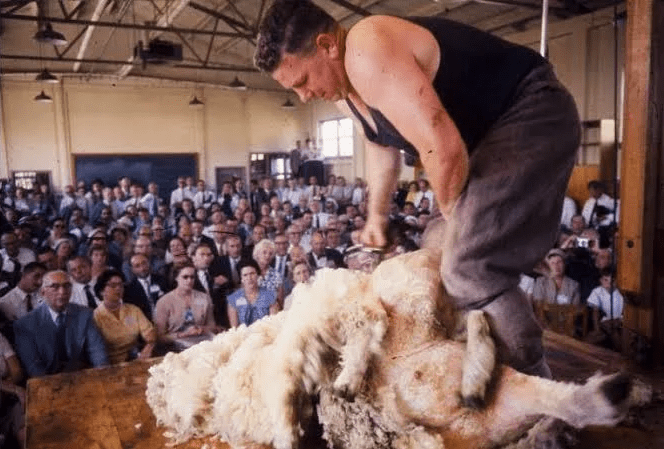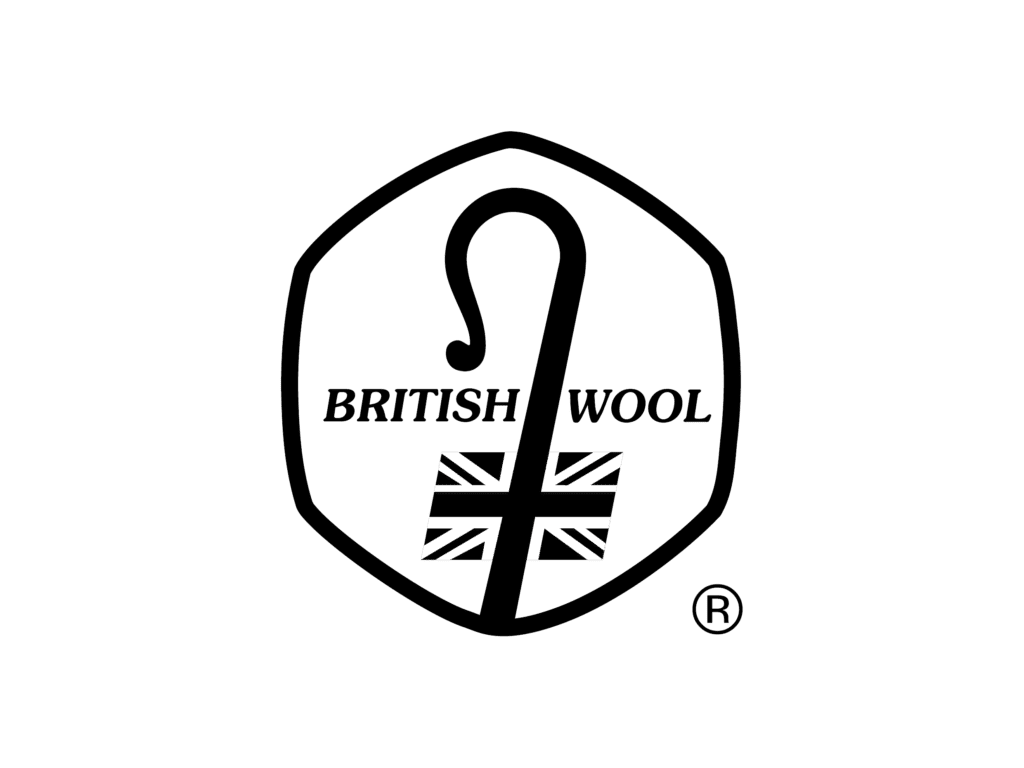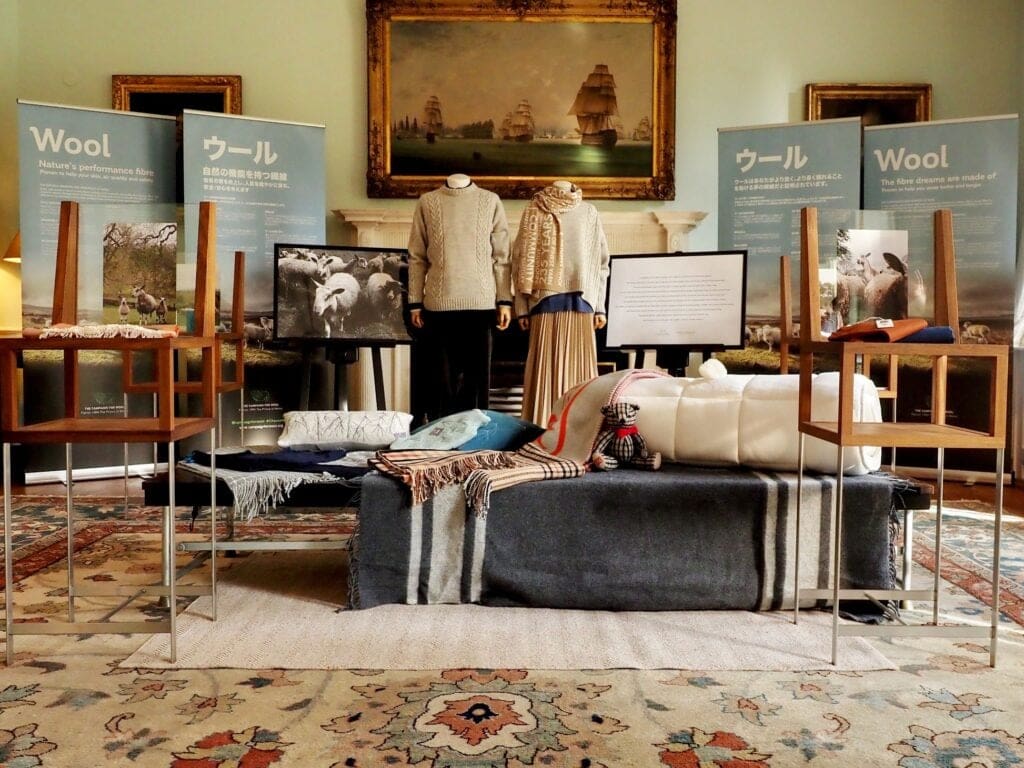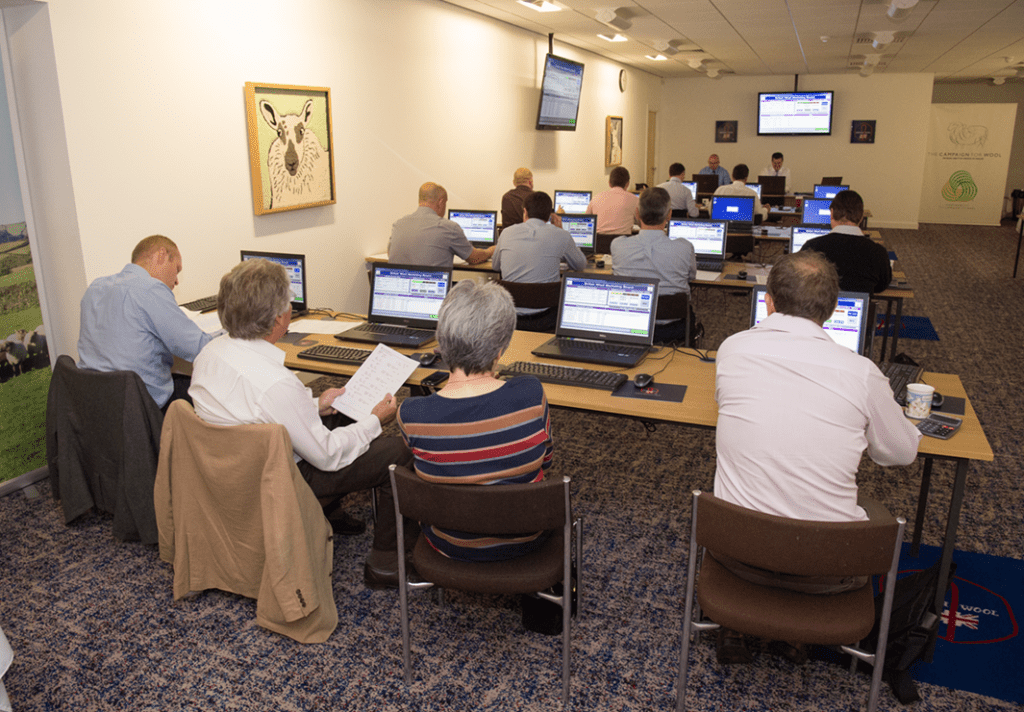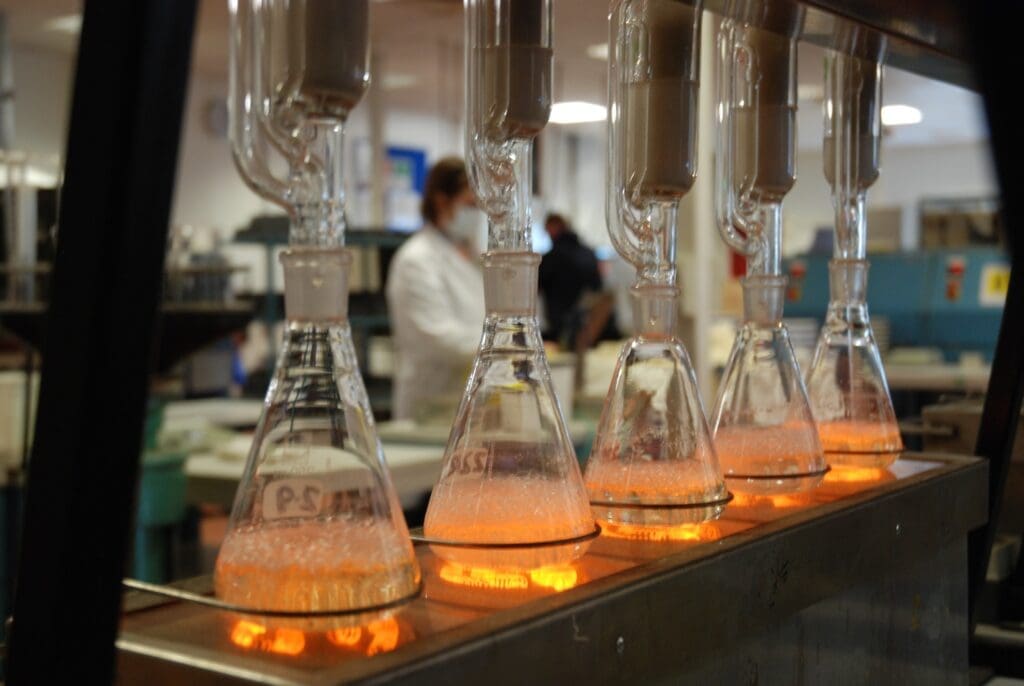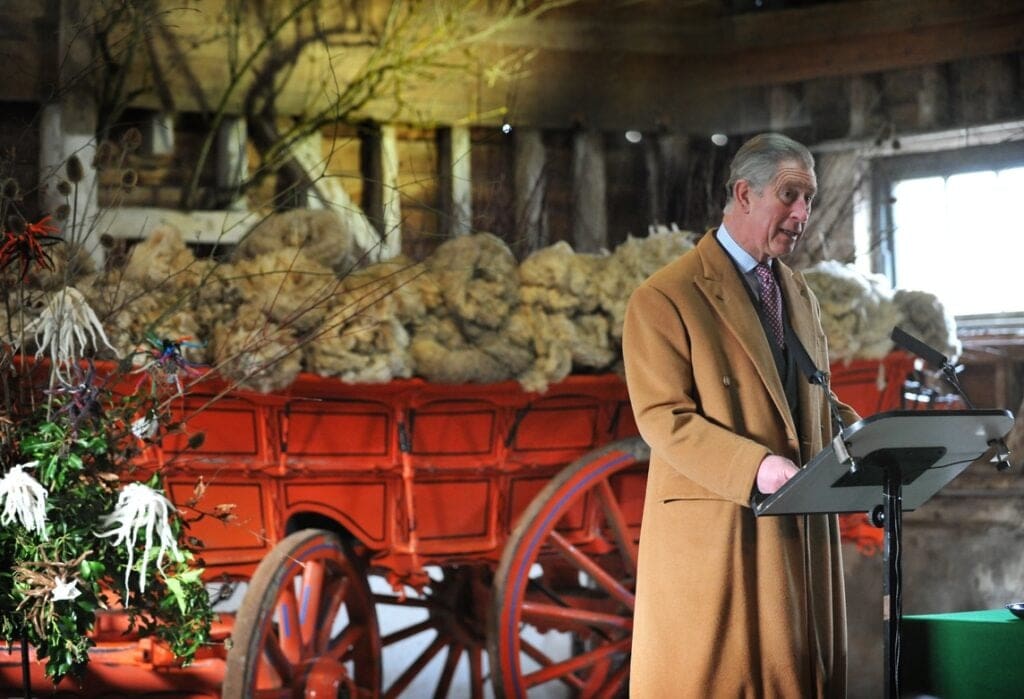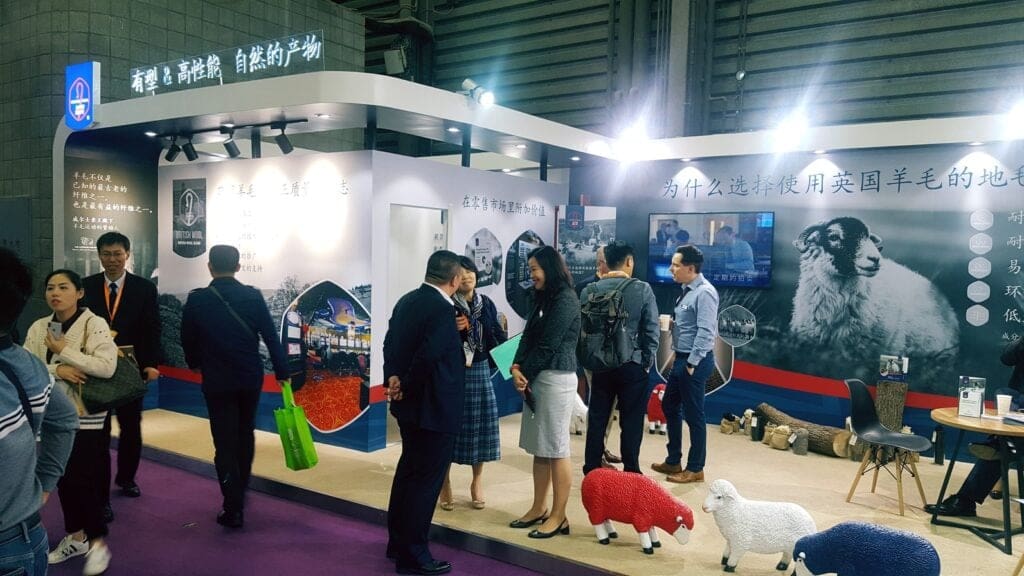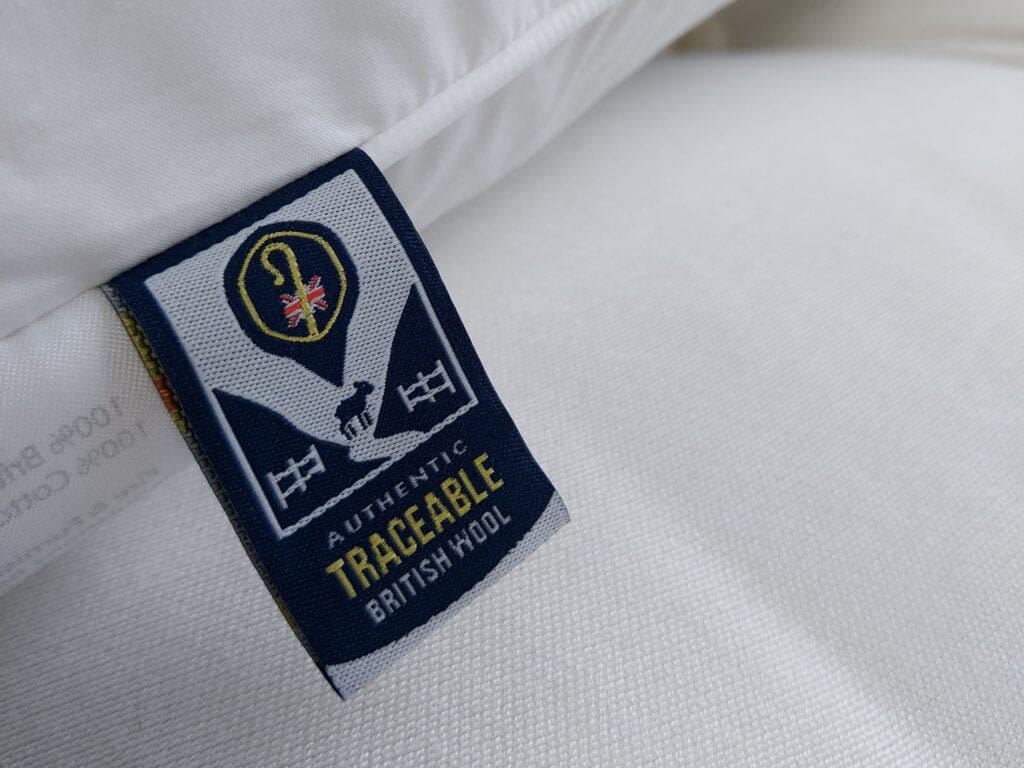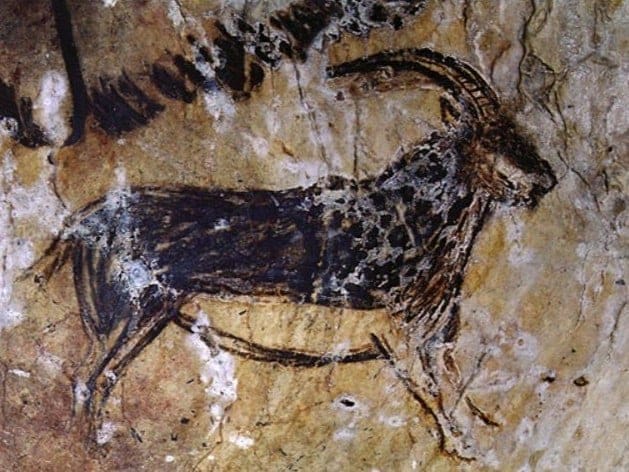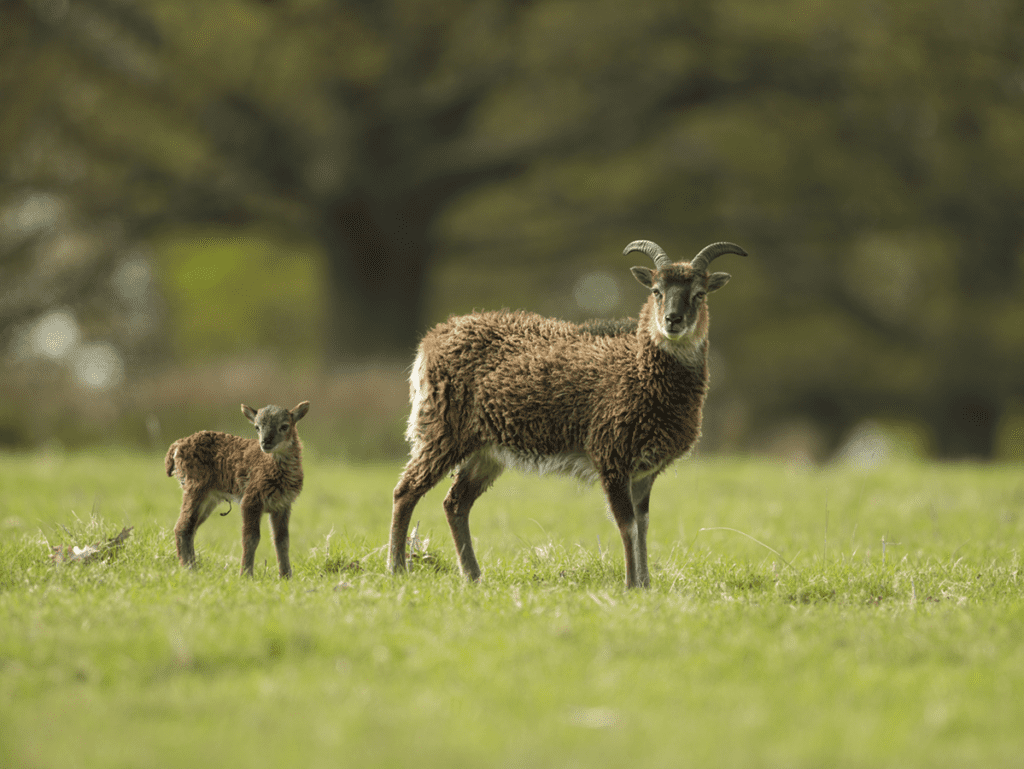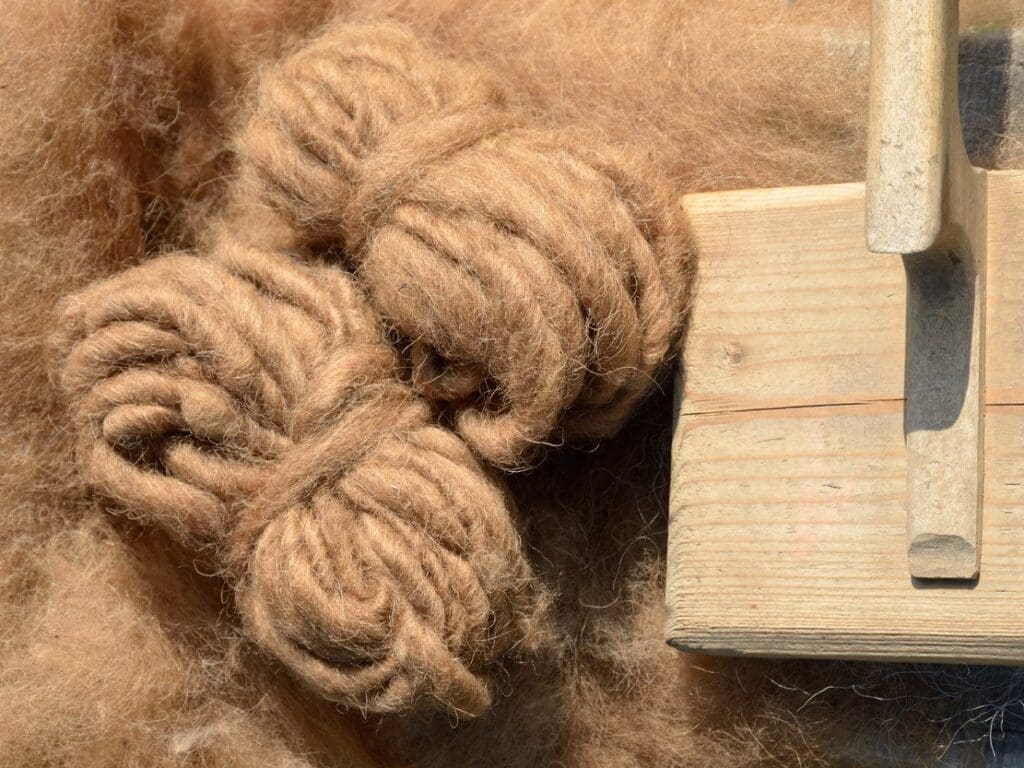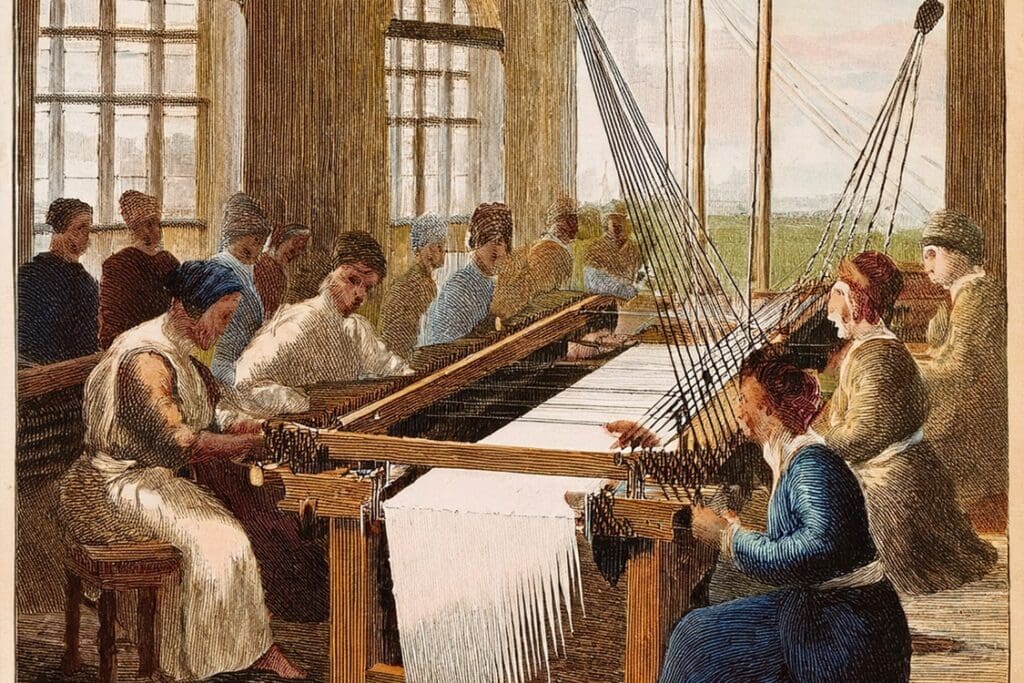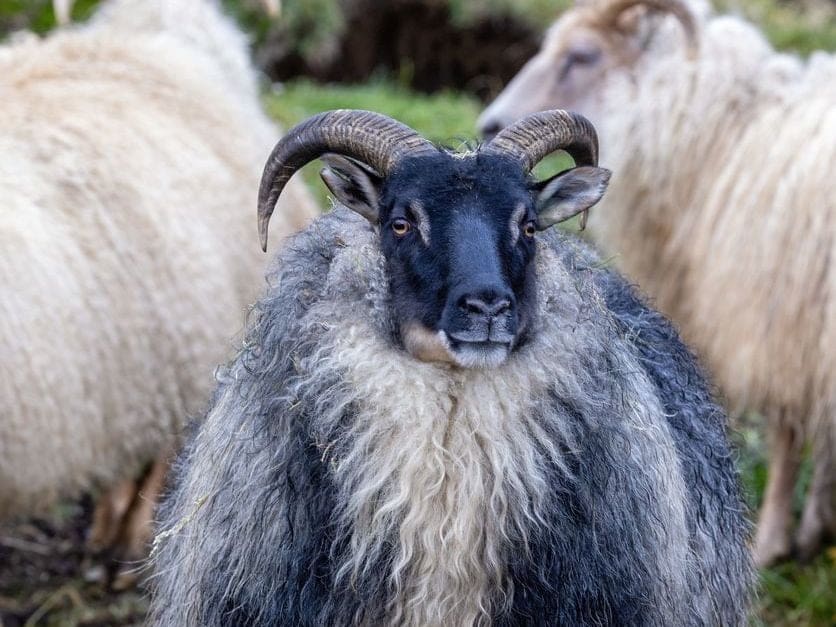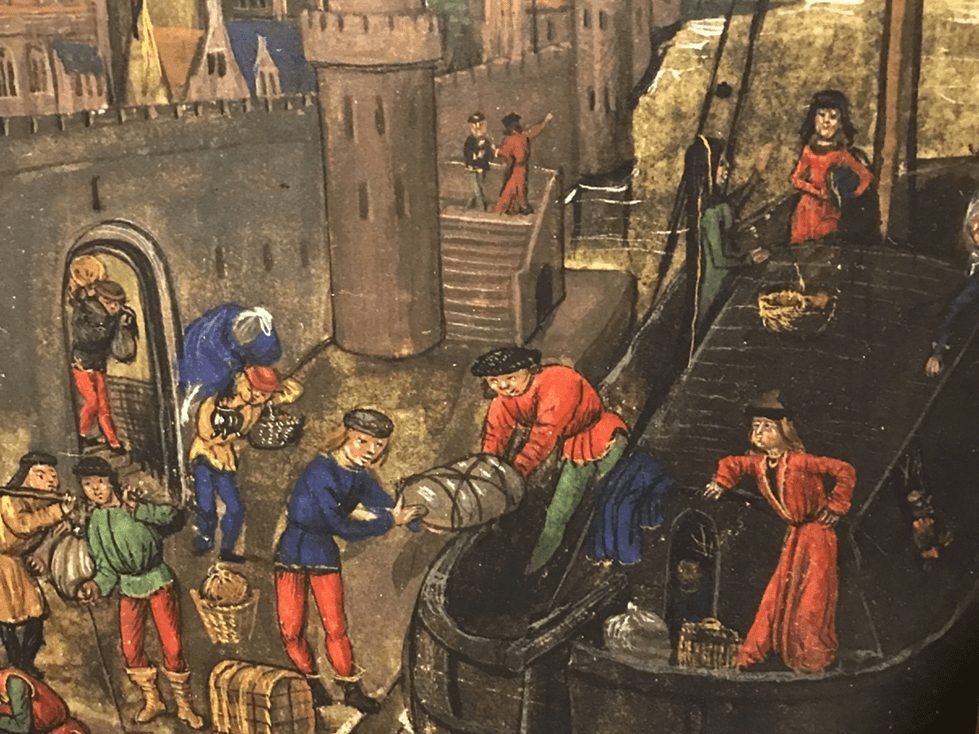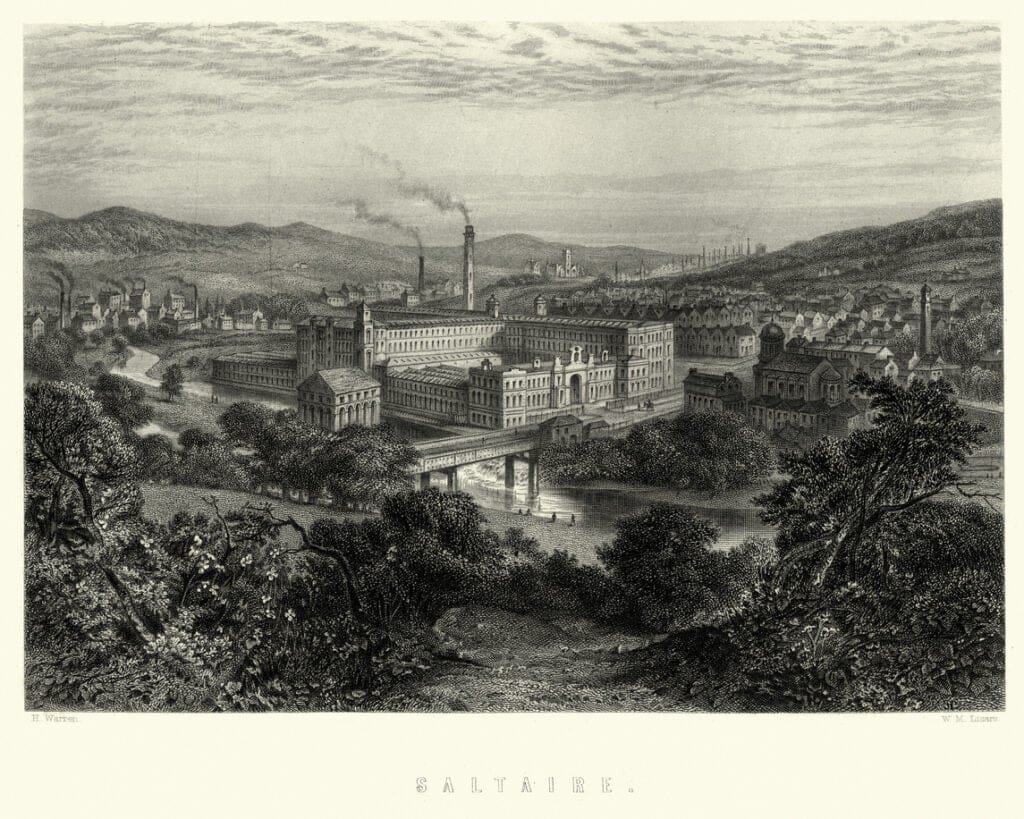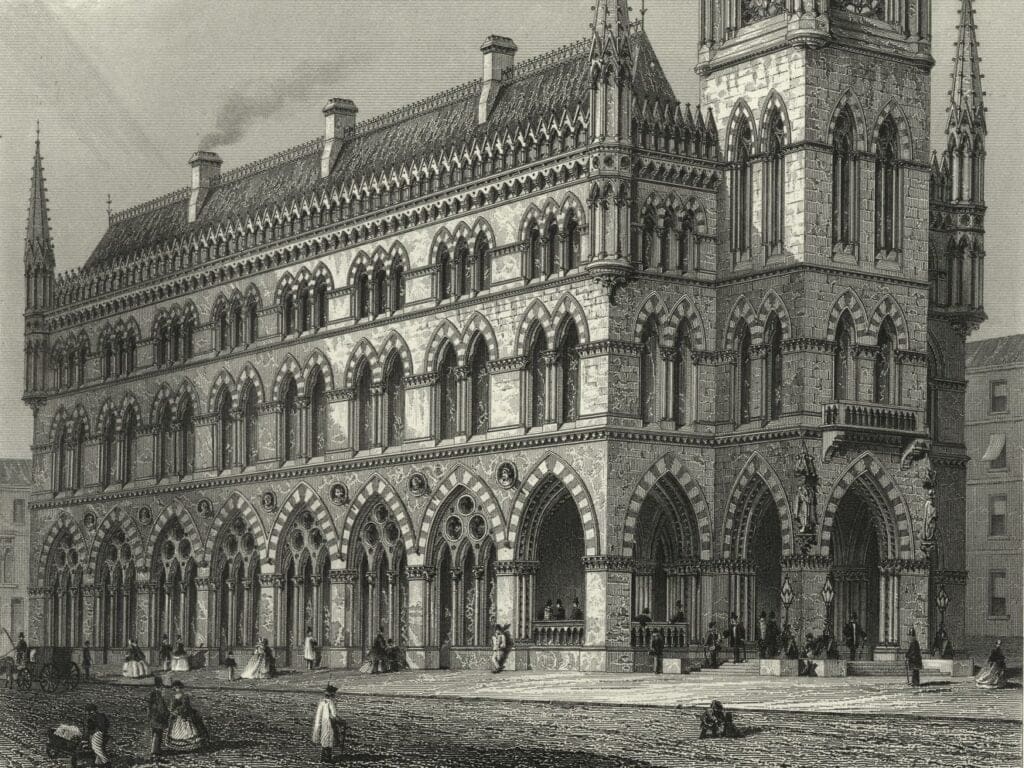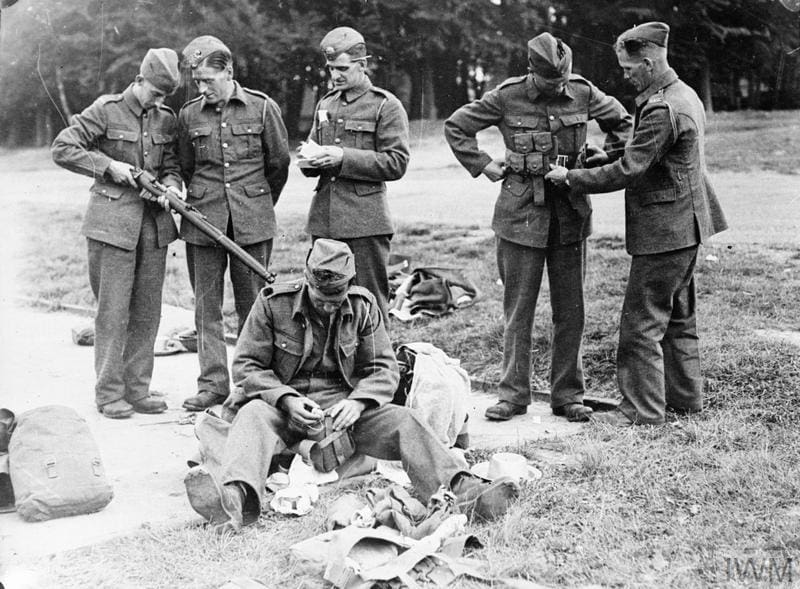The Present: Sustainability and Quality
Today, British wool continues to be recognised for its quality, sustainability, and versatility.
The organisation, British Wool, works with over 30,000 sheep farmers across the UK, ensuring that the wool farmers produce is sold and supports British agriculture.
From fashion and textiles to insulation and carpets, British wool is valued worldwide for its durability and environmental credentials.
The Past: A Heritage of Wool
Wool production has deep roots in British history. For thousands of years, sheep farming and wool production have played a vital role in shaping the country’s economy, culture, and landscapes.
British wool was so valuable that medieval kings-imposed taxes on its export, and it became a cornerstone of international trade.
The Future: Innovation and Sustainability at the Core
As we look to the future, British Wool is committed to driving innovation, sustainability, and growth for wool products.
We continue to work closely with the farming community, universities, and brands to ensure that wool remains an integral part of a sustainable future.
Areas for the future:
- Innovation: Investment in research and development will see new uses for wool emerge.
- Fashion and Interiors: Through collaborations with forward-thinking brands and designers, British Wool will continue to be at the forefront of sustainable fashion and home interiors.
- Public Awareness.
- Sustainability.
As a natural, renewable, and biodegradable resource, British wool offers unparalleled potential for a sustainable future.
At British Wool, we’re proud of our heritage but equally excited about the possibilities ahead.
We invite you to join us in celebrating wool’s remarkable journey – from its rich past to its bright future.


